Unearthing history in Vietnam's war tunnels
 |
|
A tourist walks through the Vinh Moc tunnel network, at the Vinh Moc commune in the central coastal province of Quang Tri. Photo by AFP/Hoang Dinh Nam. |
The Vinh Moc tunnels are among thousands of underground passageways built across Vietnam throughout the war, including the massive Cu Chi tunnels in Saigon, where the NLF guerrillas took shelter beneath the former southern capital, which was renamed Ho Chi Minh City after the war's end in 1975.
Most of the tunnels were destroyed by American bombs, but a few like Vinh Moc are intact and now attract hordes of tourists, many of whom marvel at the cramped conditions.
"My mum told me it was difficult because we lacked so many things, from food to everyday supplies," said Giu, whose father was
There
Villagers tried to chisel out normal lives, making space for classrooms and medical care, and even a common area where residents would gather to sing to drown out the noise of the bombs overhead.
Giu was one of 17 babies born in the tunnels, which also featured 23-meter-deep bomb shelters.
But despite the occasional musical respite, life in the tunnels was often grim.
"My legs were always swollen and my vision suffered... some men got scabies. That was regular during life in the tunnels," said Nguyen Tri Phuong, who was just 14 years old when he joined some 250 locals to dig the one-kilometer long network.
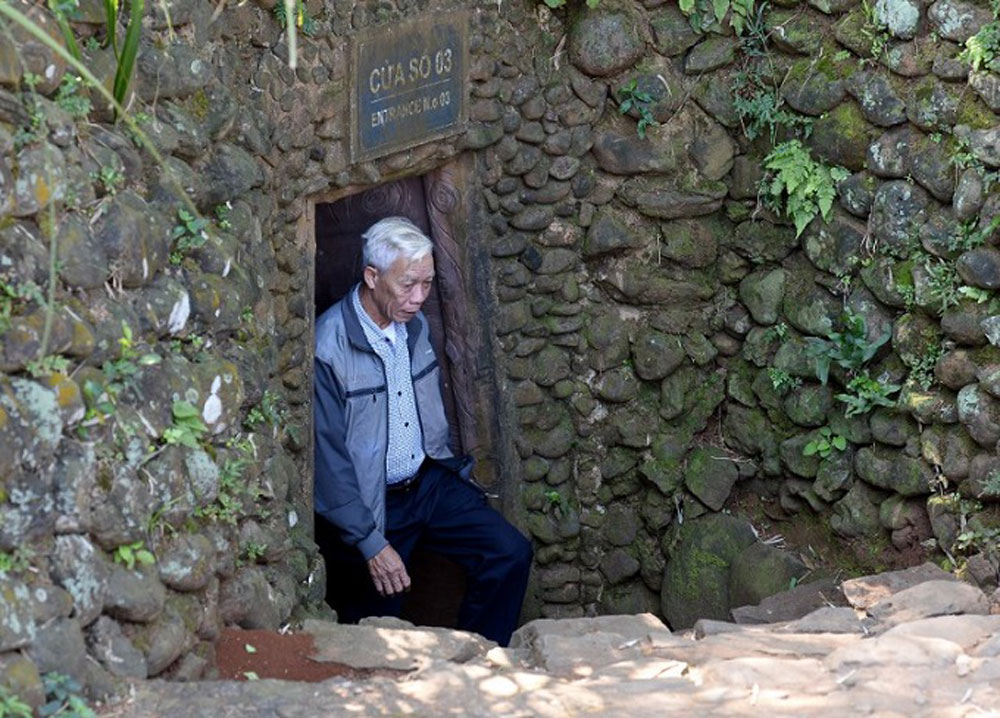 |
|
Nguyen Tri Phuong, who was amongst 250 local people involved in digging the Vinh Moc tunnel network, walks out from an entrance to the underground system, at the Vinh Moc commune in the central coastal province of Quang Tri. The Vinh Moc tunnels are among thousands of underground passageways built across Vietnam throughout the war, including the massive Cu Chi tunnels in Saigon, where NLF took shelter beneath the former Southern capital, which was renamed Ho Chi Minh |
Personal hygiene was non-existent and residents struggled to wash their clothes and dispose of human waste, said Phuong, a former NLF fighter who guarded the tunnels during the war.
One of his fondest memories is helping an injured NLF comrade who was brought into the dank tunnels for medical treatment.
"It's a miracle that
"I'm very proud that I helped build this tunnel during the war with comrades and locals, especially for young people to see today".
Source: VnExpress
 Bắc Ninh
Bắc Ninh
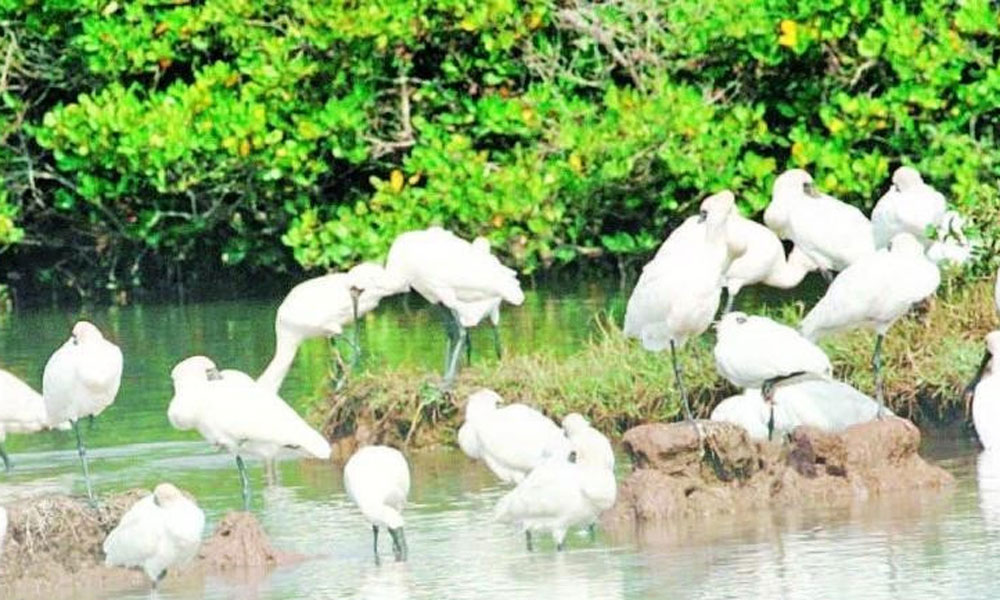
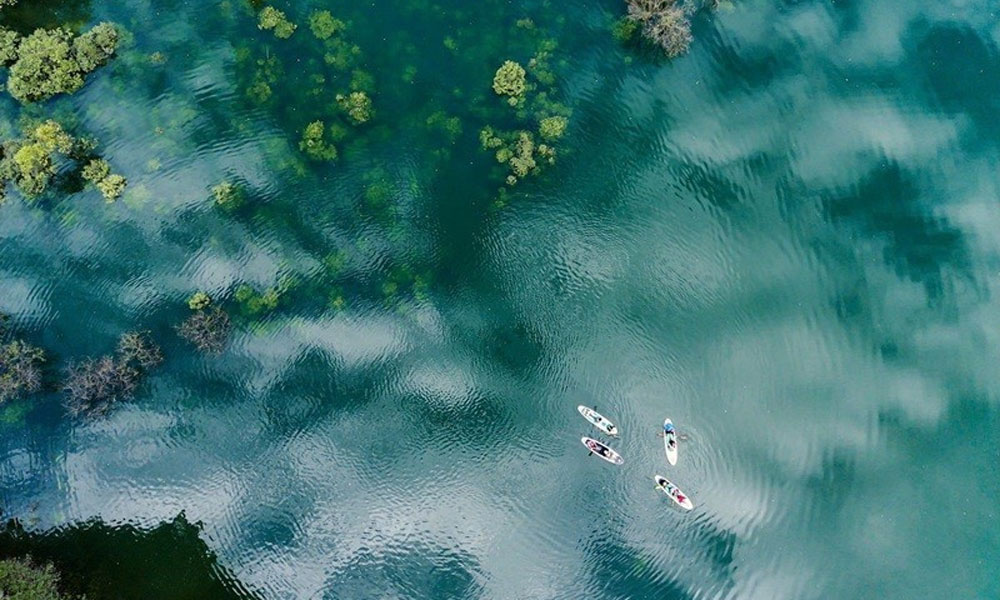
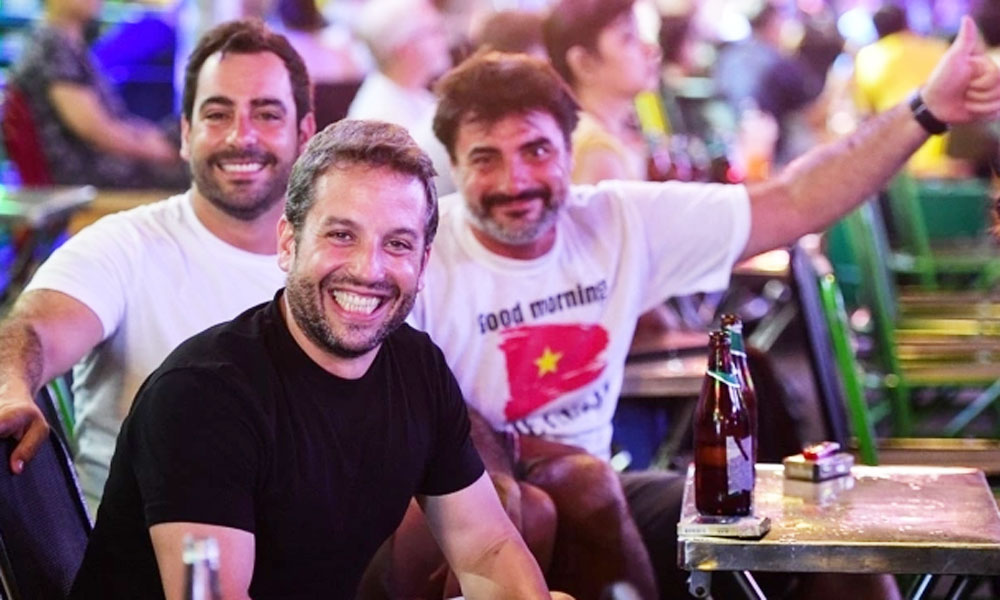





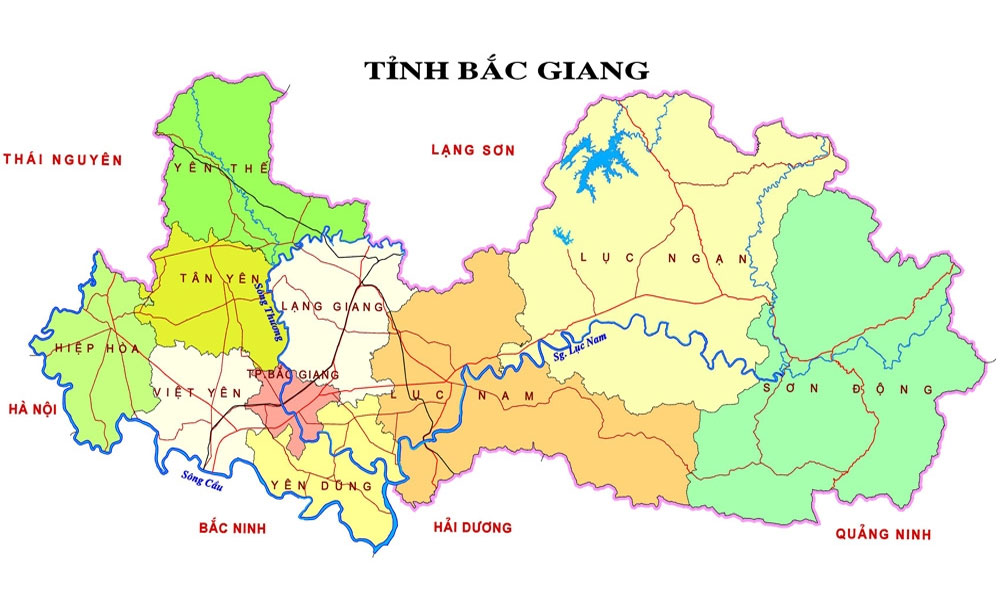

Reader's comments (0)